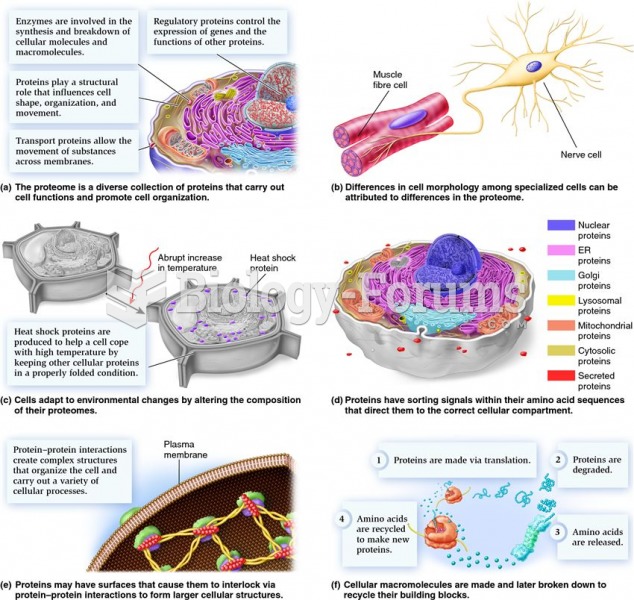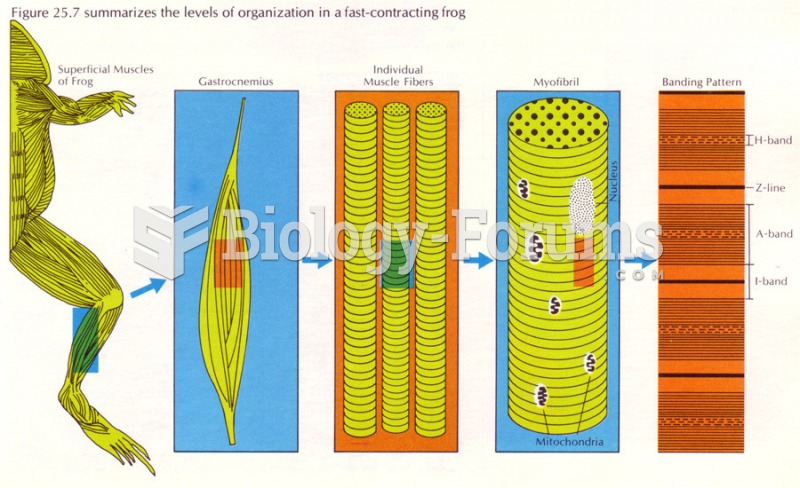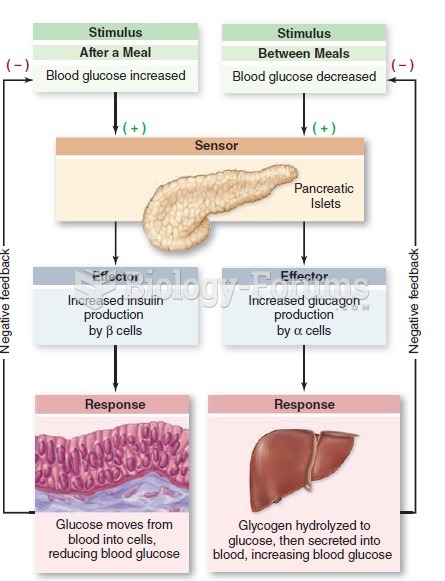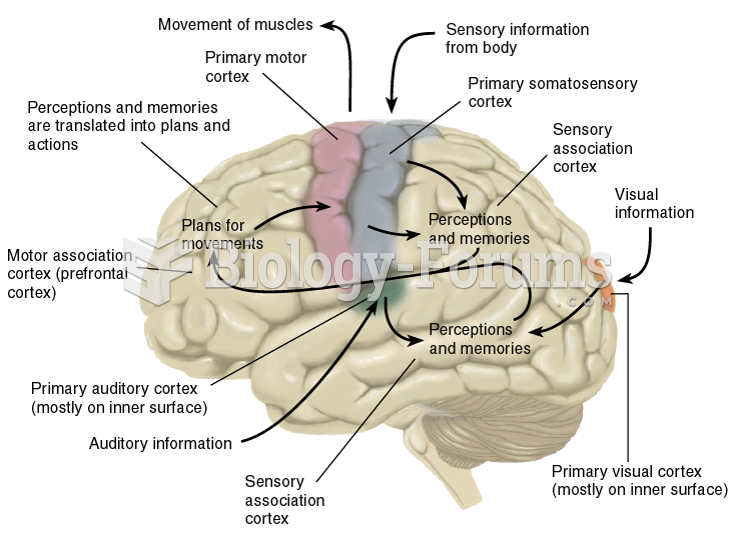Answer to Question 1
Organizations need to make sure that actions intended to be rewards are actually perceived as rewards. Following are five recommendations (give credit if at least five are provided):
Define and measure performance first, and then allocate rewards. Before rewards are allocated, there must be a good performance management system in place that (a) defines what performance is and performance expectations, and (b) measures performance well. In many cases, organizations believe they have a rewards problem when in fact the problem is with the definition and measurement of performance.
Use only rewards that are available. If the organization does not have financial rewards available, then employee expectations should be adjusted accordingly and the focus should be on nonfinancial rewards. It makes no sense to discuss pay raises as an important component of a CP plan if the resulting raises will be meager due to budget constraints.
Make sure all employees are eligible. In many organizations, top executives receive benefits such as profit sharing, stock options, executive life and liability insurance, invitations to meetings in attractive locations, and permission to fly first class. But, are these truly rewards as we defined them above? Do these incentives enhance motivation? In general, they seem to do so because they motivate lower level employees to strive to become executives. However, what would happen if these types of incentives were extended to the lower ranks of an organization? What if nonexecutive members of the organizations are also eligible for such rewards based on their performance levels? By making more employees eligible for the potential reward, there is a greater chance that more employees will strive to become top performers.
Make rewards visible. Rewards should be visible to those who receive them. However, rewards should also be visible to others, together with information on what needs to happen to be able to receive the reward in the future. This recommendation applies to both financial and nonfinancial rewards. Nonfinancial rewards in particular are usually more effective if they are made public. An exception to the visibility recommendation is that some individuals may prefer a nonvisible reward allocation to avoid being singled out for attention or to prevent disrupting group harmony.
Make rewards contingent. Rewards should be tied to performance directly and exclusively. Imagine that an outsider is asked to guess the salary levels for various employees in an organization. Assume she can ask the following questions: (a) what people do (e.g., administrative assistant, mailroom clerk, VP for HR), (b) how long they've done it, and (c) how well they've done it. If information based on the how well question is not the most useful in guessing what salaries are, then the organization is not making rewards contingent on performance. Unfortunately, this is the case in many organizations in which what people do and how long they've done it are far better predictors of their salaries than how well they perform. When rewards are not contingent on performance, organizations alienate their best workers, precisely those who make the greatest contributions and can easily find employment elsewhere.
Make rewards timely. Rewards should be given soon after the result or behavior being rewarded. Experimental psychologists know that if a rat in a cage pulls a lever and a lump of sugar appears only 10 months later (on the rat's anniversary date), then no learning will take place. This is why many organizations implement on-the-spot rewards. For example, at Lake Federal Bank in Hamburg, Indiana, the president has an annual budget that he can use to give relatively small, spur-of-the-moment gifts to employees who are performing well. These spot bonuses do not have to be cash awards. They can be theater tickets, a prime parking space, or anything else targeting an employee's specific needs. How does he know what type of reward to give? The answer is simple: He gets to know his employees and watch what they do and how they spend their time when they have a chance to choose. If this does not work, then he simply asks them.
Make rewards reversible. Increasing an employee's base pay creates an annuity for the employee's tenure with the organization. If mistakes are made in the allocation of increases in base salary (especially upward), they are usually irreversible and can be very costly over time. This is why variable pay, which is not added to an employee's base salary, has become an attractive option to many organizations. Variable pay is consistent with the recommendations that rewards should be contingent and reversible. If high performance occurs again, then the employee receives the additional compensation again. If high performance does not occur, then the additional compensation is not given.
Use nonfinancial rewards. Unfortunately, many organizations underestimate the impact of nonfinancial rewards, including the following:
- Formal commendations and awards
- Favorable mention in company publications
- Private, informal recognition for jobs well done
- Public recognition including praise, certificates of accomplishment, and letters of appreciation
- Status indicators such as a new job title, larger work area, promotion, ability to supervise more people, and newer or more equipment
- Time such as taking a longer break, leaving work earlier, and time off with or without pay; a more challenging work environment, responsibility, and freedom
Answer to Question 2
Examples may vary; however, in a large manufacturing facility, the most appropriate CP plan would be a form of group incentive or a piece rate based on unit productivity. This type of CP plan is used when employees are paid based on the number of units produced or repaired. This system is usually implemented in many manufacturing environments.







